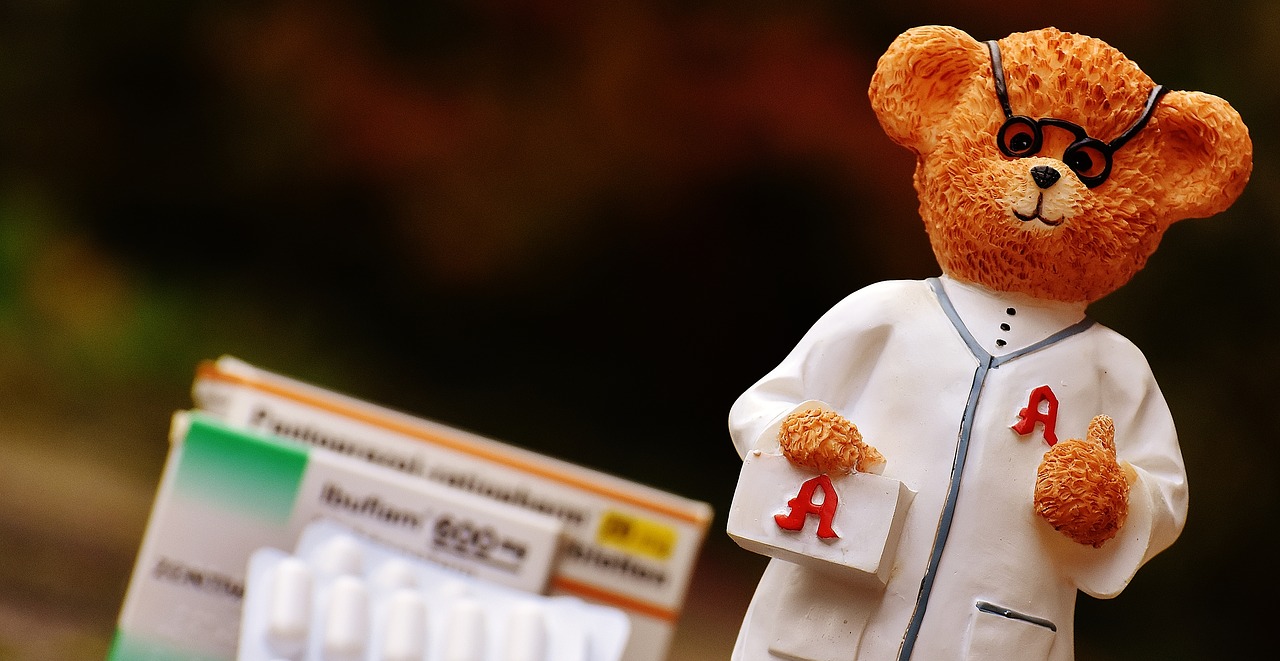With pharmacists immunising millions, and new vaccines in the wings, it’s crucial to watch for adverse events
Vaccines administered by pharmacists will be monitored for adverse events for the first time, in what is likely to be a bumper winter for flu shots.
Pharmacists have been delivering immunisations since 2014, and are increasing their share. According to the Pharmacy Guild of Australia, community pharmacists vaccinated a million people for influenza in 2018 and two million last year.
The vaccine that eventually emerges for COVID-19 will have an unknown safety profile, which makes it crucial to have better surveillance. But it is also important this year, when a new quadrivalent influenza vaccine is being offered exclusively to people over 65, and as Australia prepares for a COVID-19/influenza overlap.
A pilot program led by the University of Western Australia will include pharmacists in an existing scheme to monitor vaccine safety, with the first data due to roll in within a fortnight.
SmartVax, founded by Perth GP Dr Alan Leeb, receives data from about 330 GP clinics, local government clinics and hospitals around the country. After immunisation a patient completes a short survey on their smartphone about any adverse reactions, and the de-identified data is sent for analysis to the AusVaxSafety group at the National Centre for Immunisation Research and Surveillance, which reports to the Department of Health and the TGA.
The pilot will link SmartVax technology with MedAdvisor software in community pharmacies to bring in their immunisation data, said project leader Dr Sandra Salter from UWA’s School of Allied Health/Pharmacy.
“Pharmacists have been able to immunise from community pharmacy since 2014 but they have not been involved in any active or real time vaccines, surveillance programs, ever,” she told The Medical Republic.
“They’re vaccinating more and more people, not just with influenza vaccine, but a whole range of vaccines. If we don’t capture that safety data, then we don’t actually know what’s happening with these people. And we may be losing them from other areas [e.g. GP clinics] where they previously were vaccinated. So it’s important from a health and safety and vaccine-confidence point of view that we monitor vaccine safety from pharmacy.
“Secondly, pharmacists have a duty of care to follow up with those patients, particularly if they’ve had severe adverse reactions following immunisation. And this provides a mechanism to do that, which hasn’t existed and actually doesn’t exist anywhere in the world at the moment.
“When a vaccine comes along for [COVID-19] we will be able to monitor that on a large scale.
“We are adding pharmacy to an established, well-functioning program, bringing pharmacy into the loop, and closing the gap that has existed in vaccine safety surveillance [since] pharmacy came into the picture.”
Dr Salter said people had a different mindset when getting vaccines from pharmacies rather than GPs, where convenience was uppermost rather than continuous care. That could be a problem if a new vaccine had a high rate of adverse events.
Dr Leeb founded SmartVax in the fallout from the 2010 flu vaccine, after which a number of children suffered febrile seizures and at least one, Perth girl Saba Button, was left permanently disabled.
“It was really important for us from a surveillance point of view to offer pharmacy the ability to participate in this active surveillance system,” Dr Leeb told TMR. “It will be an automated system in pharmacy much the same as in general practice.”
The flu vaccine is generally safe, with a 6% rate of adverse events including the most minor – such as swelling at the injection site – and just 0.03% needing medical attention.
But Dr Leeb said with Australia being the first in the world to offer the new Fluad Quad vaccine for over 65s, which was an adjuvanted or “supercharged” vaccine, it was important to be on the alert.
“That is now being rolled out in pharmacies for this year and I think they form a very important cohort in our close monitoring of that particular vaccine,” Dr Leeb said.
“The intention is not to collect data on every single flu vaccine that’s given, but a big enough sample to be able to pick up the common things and then to try and pick up some of the more rare complications as well.”
Dr Leeb said while he hoped travel bans and social distancing would also make this a mild flu season, it was unknown what effects co-infection with COVID-19 and flu would have, which made it all the more important for as many people as possible to get the flu shot.
Dr Salter said pharmacists wanted to be involved in surveillance; they just needed a mechanism.
“For pharmacists to be able to immunise, there is a requirement for them to monitor vaccine adverse reactions. But you don’t see reports or adverse reactions coming out of pharmacy, for example, in government reports, published literature and so on.
“We are providing pharmacists with the tools to undertake their immunisation services in that regulatory sphere so that they are actually doing what they need to do under the statutory requirements.”
She said with MedAdvisor’s software in roughly half of Australian pharmacies already, and growing globally, “there is potential that what we do here will ultimately impact the rest of the world one day”.
25619, 25892, 9391/related_articles]


